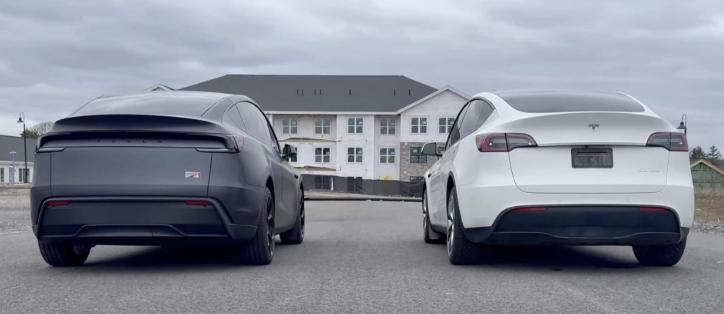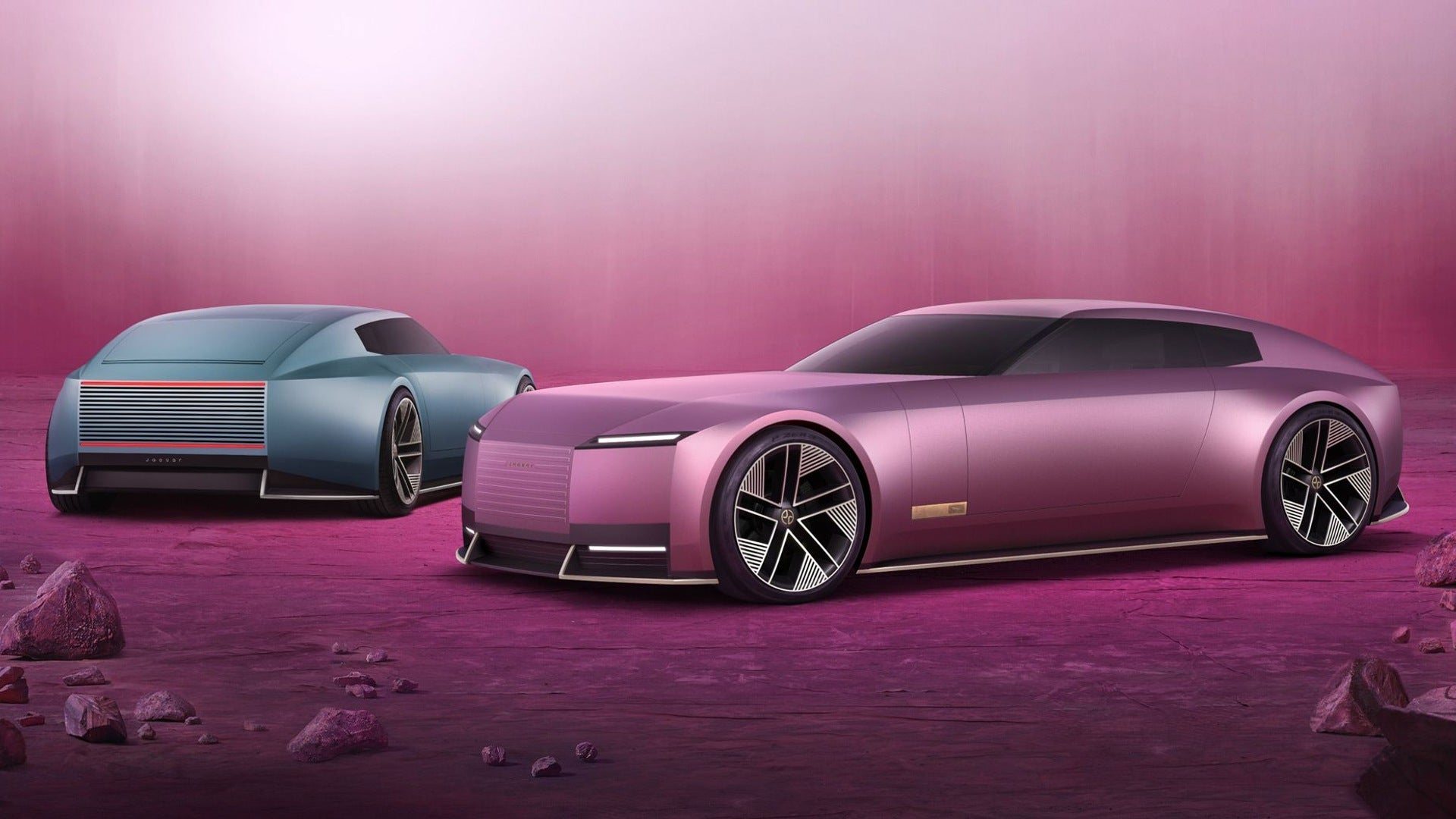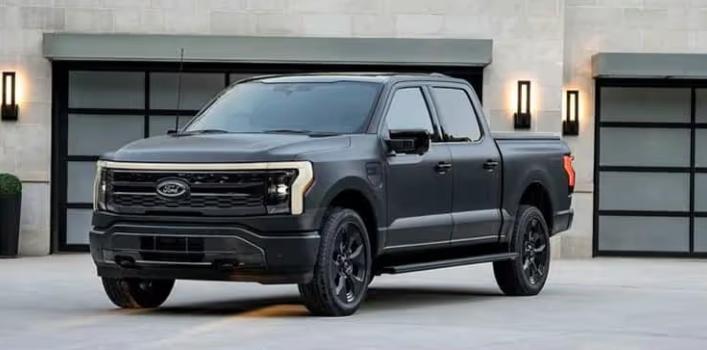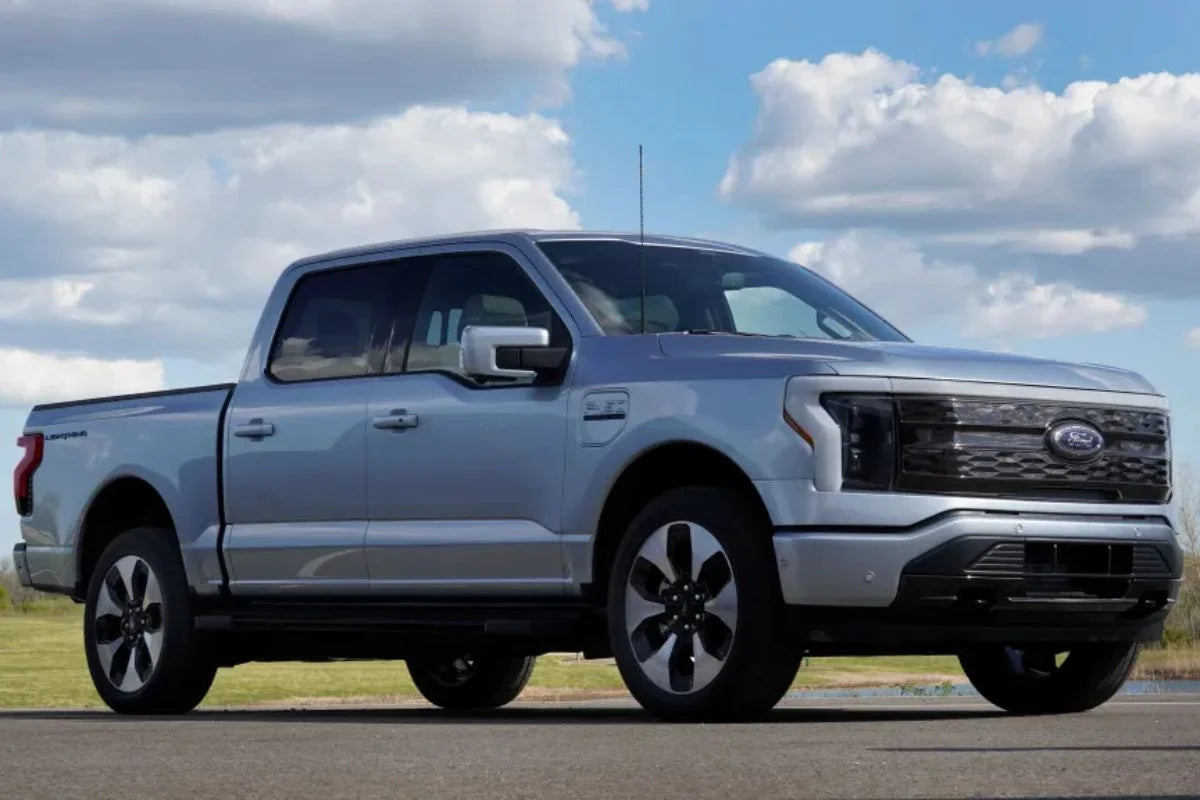La mise à jour logicielle du printemps 2025 de Tesla a apporté de nombreuses améliorations visuelles et d'assistance à la conduite aux véhicules récents. Cependant, une récente révélation de Sawyer Merritt, expert du secteur Tesla, a révélé que les anciens modèles Model 3 et Model Y équipés de processeurs Hardware 3 (HW3) et Intel Atom étaient exclus de bon nombre de ces fonctionnalités clés , ce qui témoigne d'une fracture logicielle croissante entre les plateformes matérielles Tesla traditionnelles et de nouvelle génération.
Que s’est-il passé dans la mise à jour du printemps 2025 ?
La mise à jour du printemps 2025 (version logicielle 2025.14.1) a introduit plusieurs fonctionnalités orientées vers l'avenir, notamment :
-
Vues étendues de la caméra d'angle mort
-
Visualisations améliorées pour la sensibilisation des piétons
-
Alertes de surveillance du conducteur améliorées
-
Enregistrements de caméras de piliers améliorés
-
Rendu de trajectoire de pilote automatique raffiné
Pourtant, ces mises à jour sont largement inaccessibles aux véhicules Tesla équipés de processeurs Intel Atom, dont la plupart ont été expédiés entre 2018 et début 2022. Cela inclut la majorité des véhicules Model 3 et Model Y équipés de HW3 .
Déclaration de Sawyer Merritt
Sawyer Merritt, un commentateur et actionnaire bien connu de Tesla, a partagé cette information dans un message largement diffusé sur X (anciennement Twitter) :
La mise à jour de printemps de Tesla n'inclura PAS de nouvelles fonctionnalités visuelles pour les voitures HW3 équipées de puces Intel Atom. Ces systèmes ne peuvent tout simplement pas gérer les exigences de rendu. Tesla concentre le développement de fonctionnalités sur les nouvelles plateformes Ryzen et HW4.
Cette déclaration, bien que non officielle de Tesla elle-même, a été corroborée par plusieurs utilisateurs et testeurs d'accès anticipé qui ont confirmé l'absence de ces fonctionnalités sur leurs anciennes configurations matérielles.
Pourquoi les systèmes Intel Atom sont-ils à la traîne ?
La limitation réside dans l' unité de contrôle multimédia (MCU) , plus précisément le microcontrôleur Intel Atom qui alimente les systèmes d'infodivertissement et de visualisation des Tesla de l'ère HW3. La puce Atom, bien que suffisante pour la navigation de base et le rendu d'interface au moment du lancement, ne dispose pas de la capacité de calcul nécessaire pour prendre en charge :
-
Rendu en temps réel d'environnements 3D
-
Flux vidéo simultanés provenant de plusieurs caméras
-
Rétroaction de surveillance du conducteur haute résolution
Bien que Tesla ait fait des efforts pour compresser les modèles et optimiser les performances sur les anciennes plateformes, ces solutions ne peuvent aller que jusqu'à un certain point sans compromettre la stabilité.
Conséquences pour les propriétaires de HW3
Cette évolution est le dernier d’une série de signes indiquant que les véhicules HW3 atteignent les limites de leur évolutivité :
-
De nombreux véhicules HW3 reçoivent toujours des correctifs de sécurité et des améliorations mineures de convivialité, mais ne font plus partie des déploiements de fonctionnalités majeurs.
-
Tesla avait auparavant promis que tous les véhicules depuis 2016 disposaient du « matériel nécessaire à une conduite entièrement autonome », mais cette affirmation est désormais largement considérée comme dépassée ou trop optimiste.
-
Les propriétaires qui ont acheté le pack Full Self-Driving (FSD) sont désormais confrontés à des avancées fonctionnelles limitées sur les plates-formes HW3.
Tesla n'a pas encore annoncé de chemin de mise à niveau officiel pour ces véhicules , bien qu'Elon Musk ait précédemment mentionné que les acheteurs de HW3 FSD « auront besoin d'un remplacement matériel à un moment donné ».
Qui bénéficie encore de toutes les fonctionnalités ?
L'ensemble de fonctionnalités du printemps 2025 est entièrement pris en charge sur :
-
Véhicules équipés de processeurs HW4 et AMD Ryzen
-
Modèles 3/Y de fin 2022 et plus récents
-
Toutes les variantes actualisées des modèles S et X 2023-2025
Ces systèmes offrent des capacités CPU et GPU nettement supérieures, leur permettant de prendre en charge les réseaux neuronaux évolutifs et les améliorations de l'interface utilisateur de Tesla.
Quelle est la prochaine étape pour les propriétaires de HW3 ?
De nombreux propriétaires de Tesla réclament :
-
Mises à niveau gratuites du MCU et du HW4 pour les véhicules ayant acheté FSD
-
Transparence de Tesla sur l'avenir du support HW3
-
Incitations à la reprise pour ceux qui cherchent à passer à des plateformes plus récentes
Tant que Tesla n’aura pas officiellement répondu à ces préoccupations, une part croissante de sa clientèle se retrouvera avec un accès limité aux améliorations logicielles, malgré la promesse d’une capacité de conduite entièrement autonome qui lui a été faite il y a des années.
Conclusion
La révélation de Sawyer Merritt souligne un changement plus important dans la stratégie logicielle de Tesla : la rétrocompatibilité n'est plus garantie , l'entreprise évoluant rapidement vers des plateformes plus performantes comme HW4 et au-delà. Pour les utilisateurs de HW3 et d'Intel Atom, ce printemps pourrait marquer le premier moment décisif de rupture avec la frontière de l'innovation de Tesla.
Si Tesla ne parvient pas à proposer une voie de mise à niveau viable ou une transition de support significative, elle risque d’aliéner un groupe central d’adopteurs précoces qui ont investi dans la vision – et le matériel – que Tesla avait autrefois promis de mener la révolution autonome.
Auteur : Lay Wen
Lecture recommandée : Tesla risque une responsabilité de plusieurs milliards de dollars pour le matériel de conduite autonome inadéquat de 4 millions de véhicules.








Partager:
Tesla laisse les propriétaires de HW3 dans l'incertitude après avoir abandonné la prise en charge complète de la conduite autonome
Mise à jour Tesla HW3 : que se passera-t-il en 2025 ?
1 commentaire
When I bought my 2023 MYLR in Dec. 2023 via an order placed in June 2022 I was told that I did not “need” to pay the $10,000 for FSD because I could do it on a month to month basis when I was taking a road trip. No mention that I would not get upgrades if I did not buy FSD. This a clear breach of contract.
If TESLA can afford to give Musk a chance at a Trillion Dollar windfall that will NOT be taxed, they can afford to support their customer base!